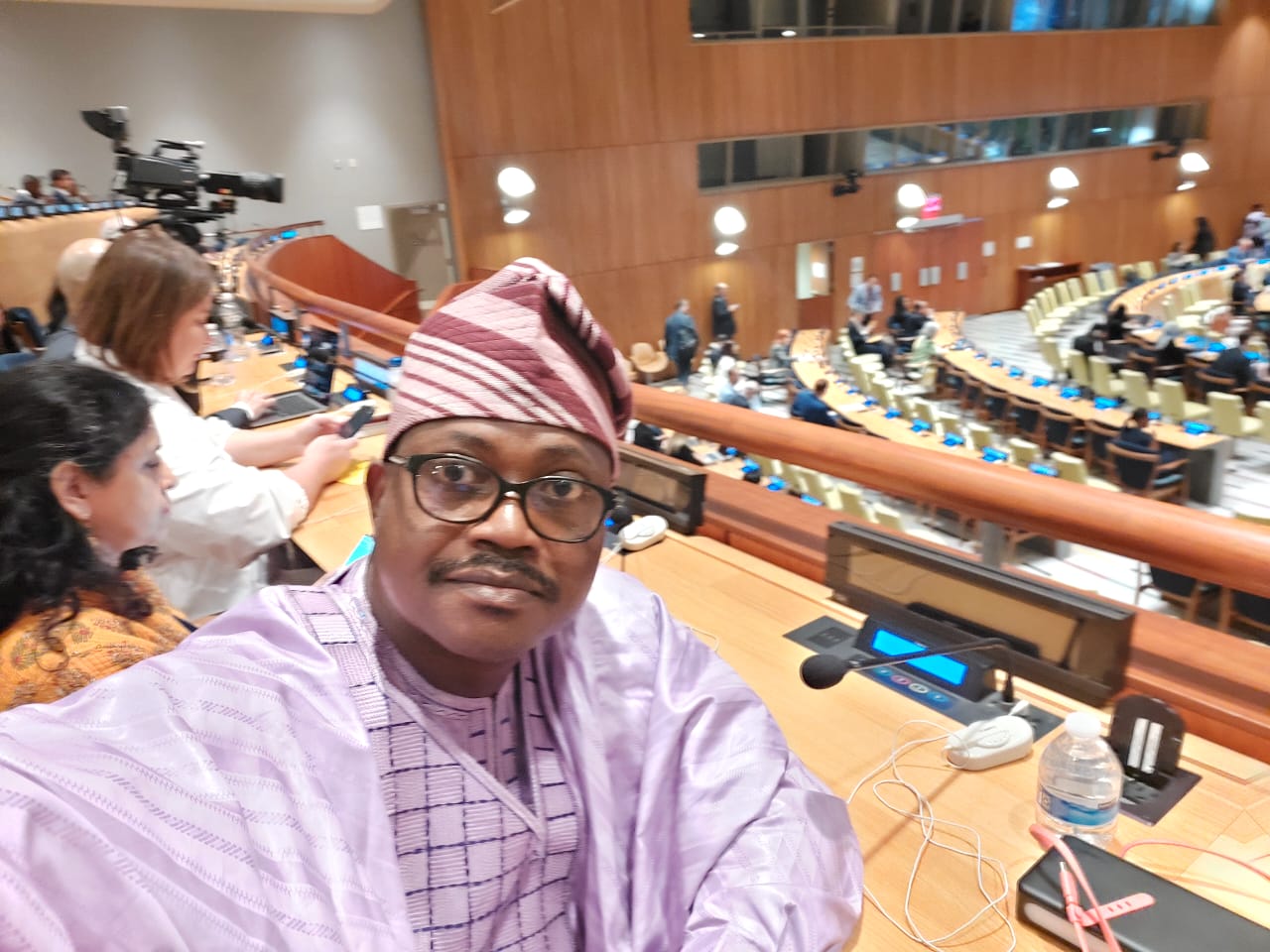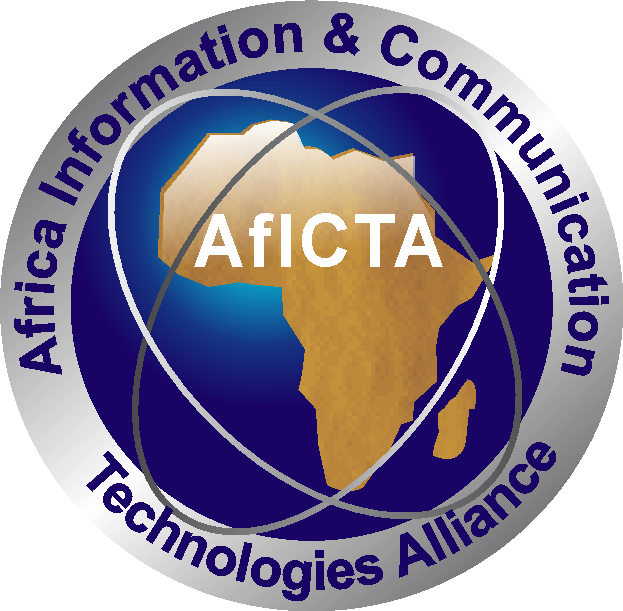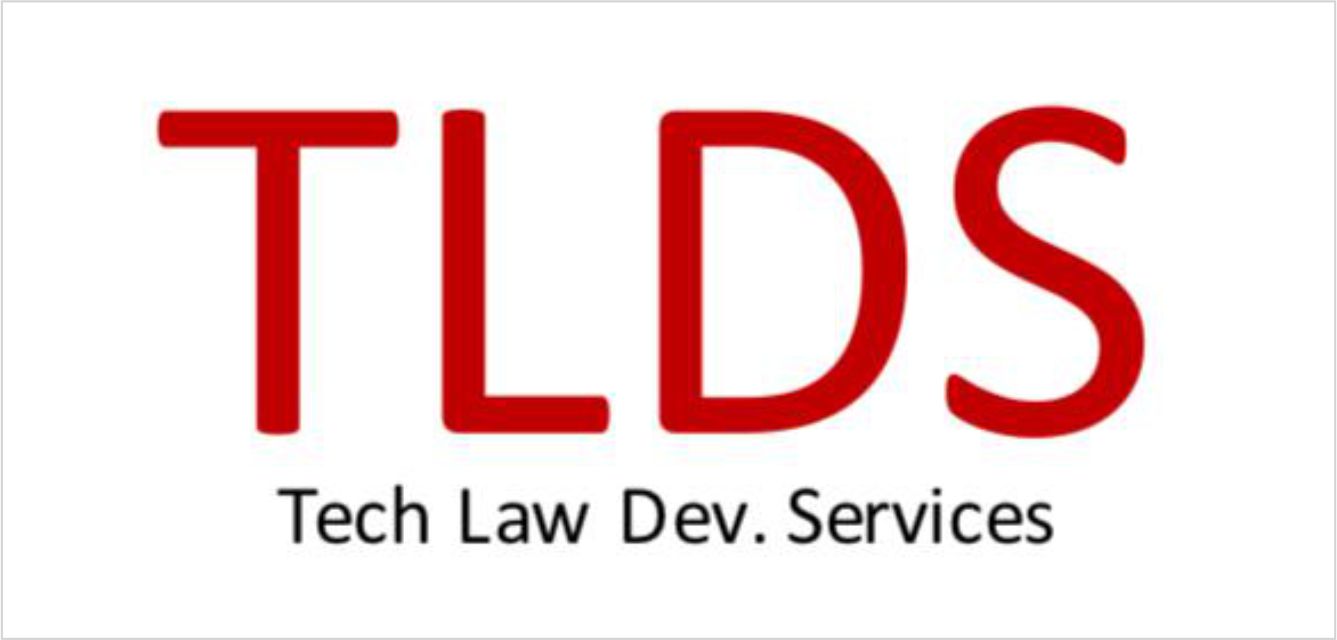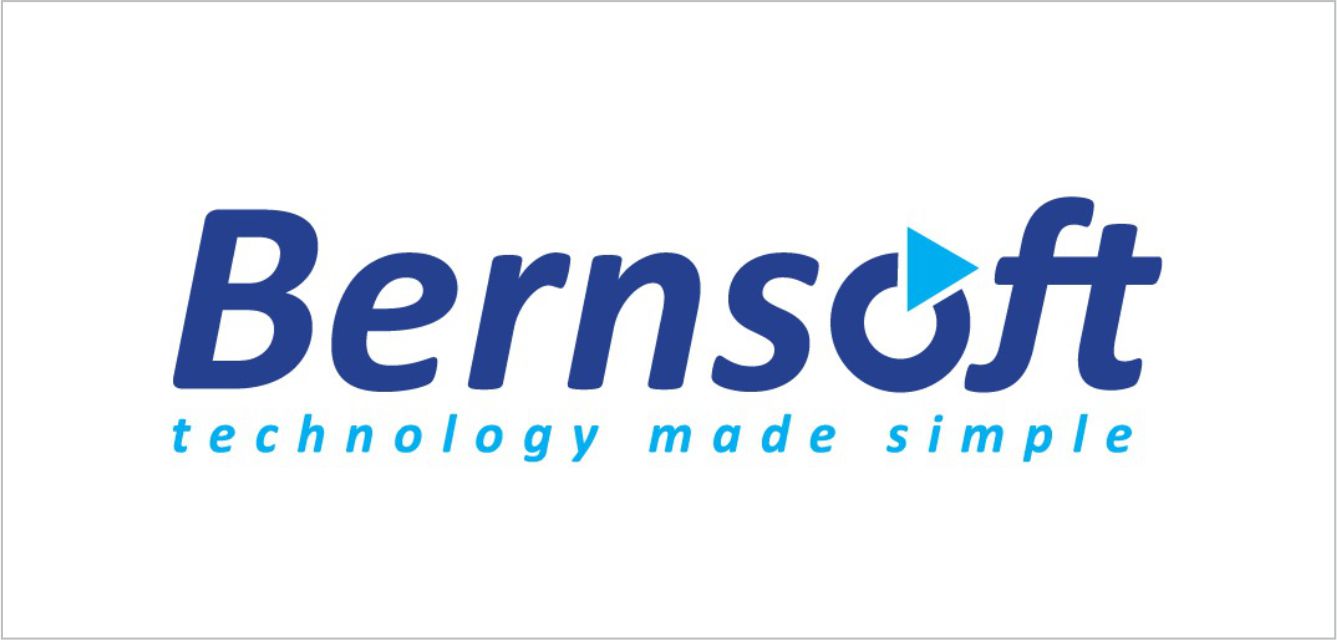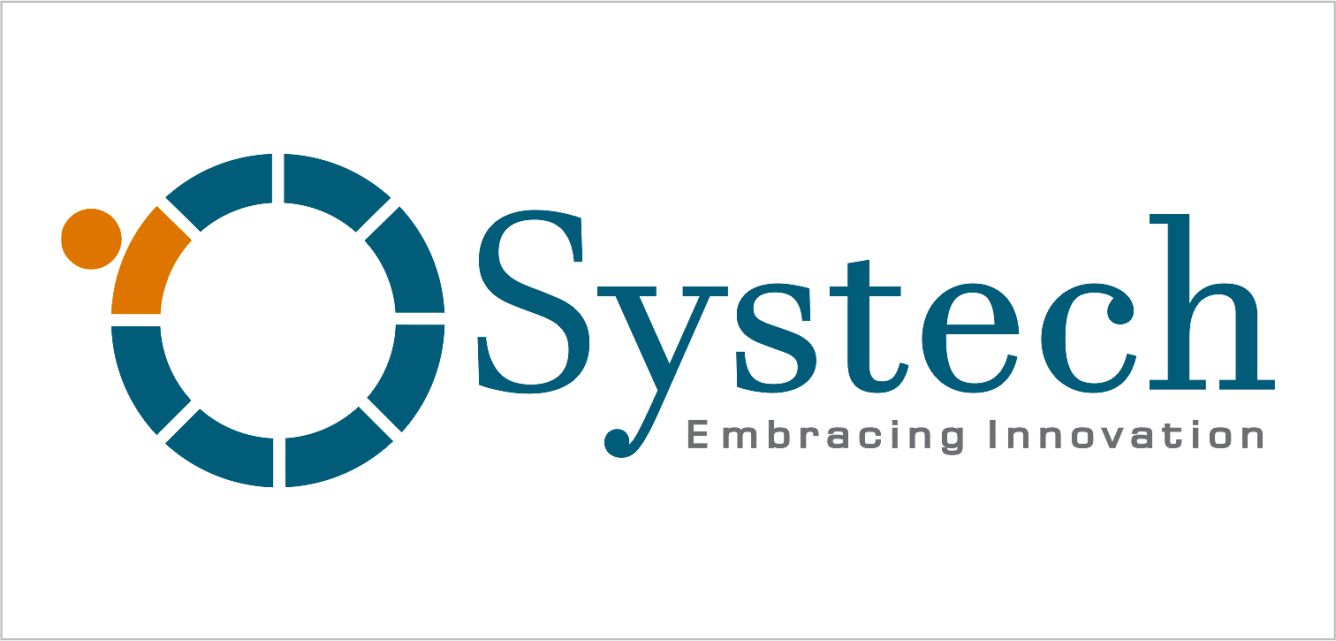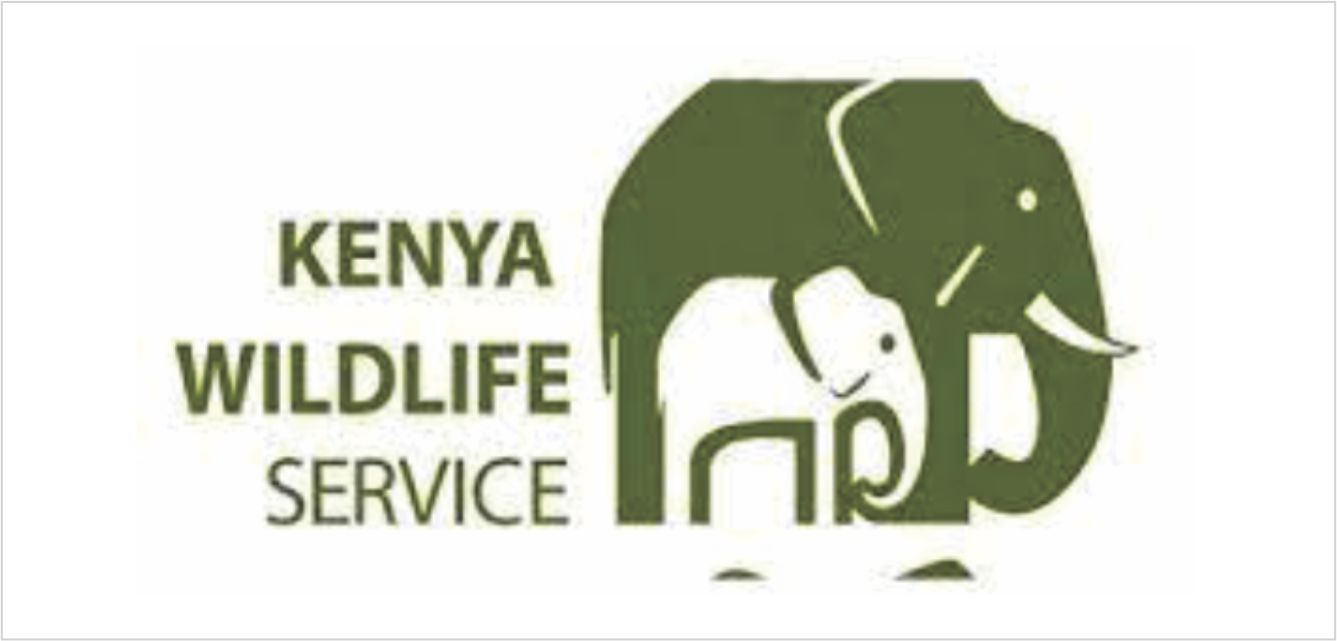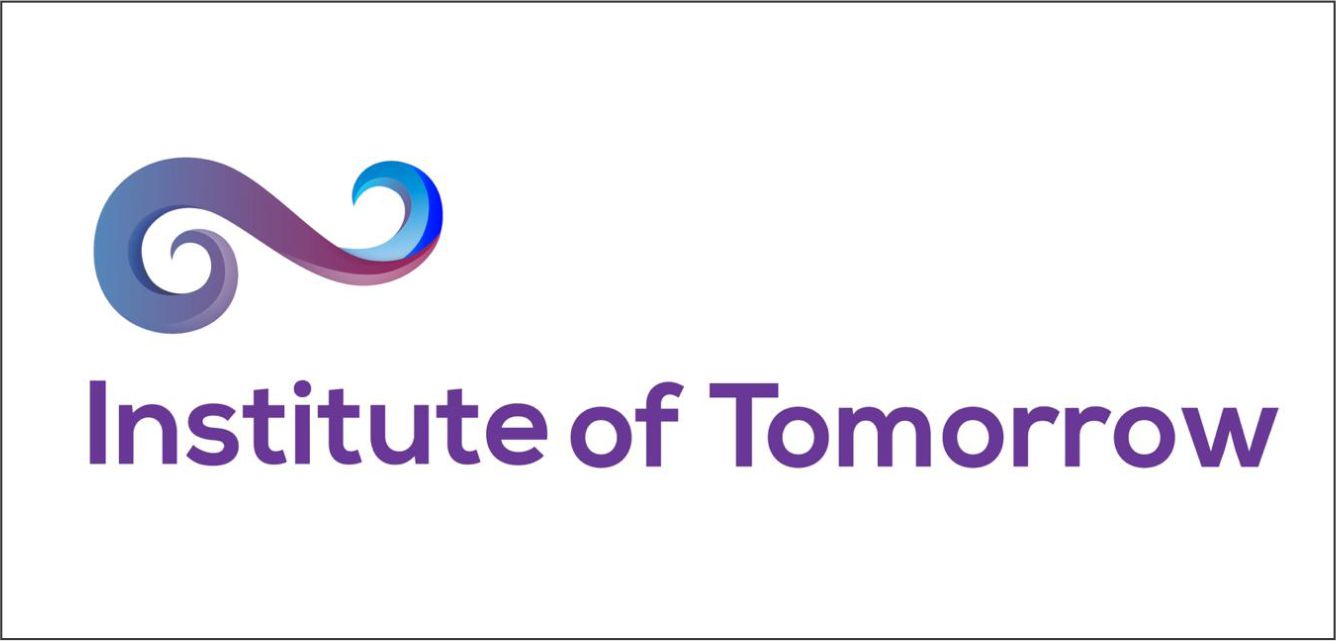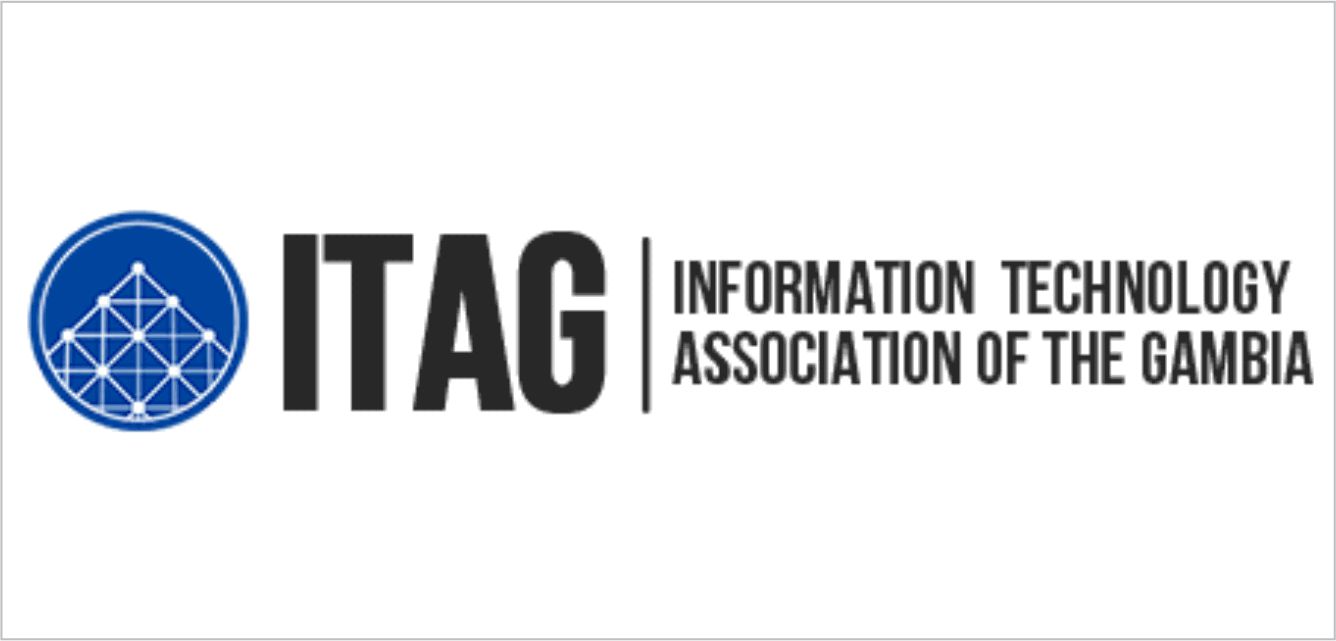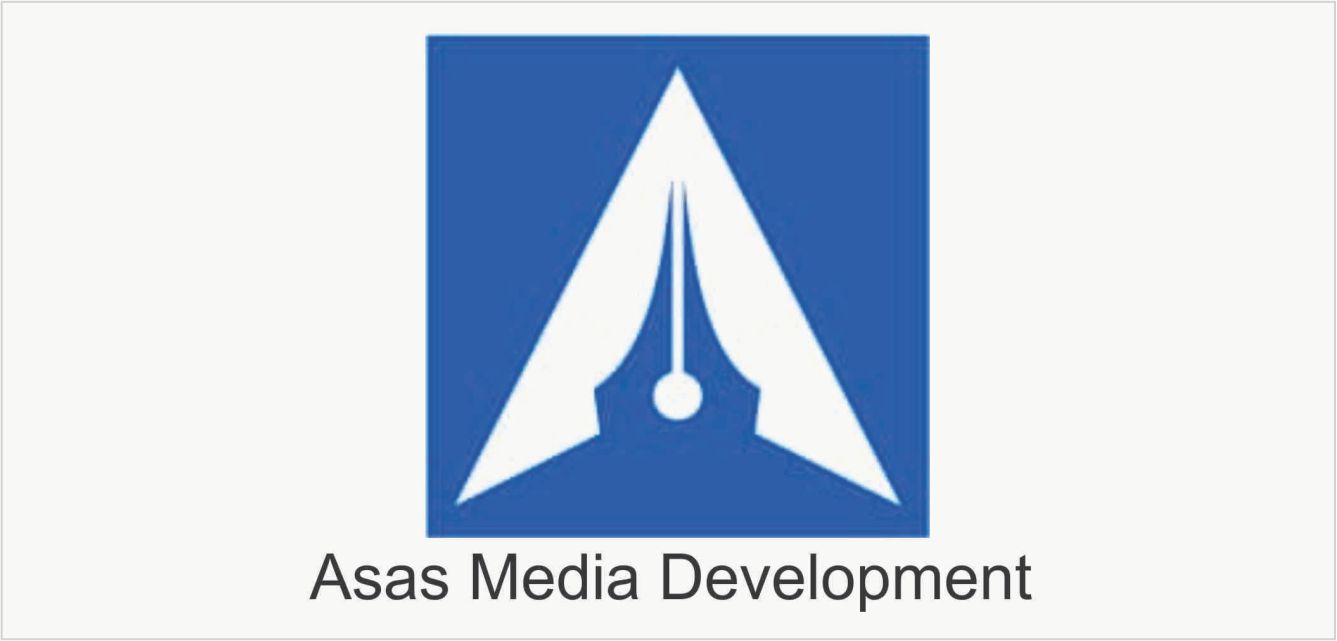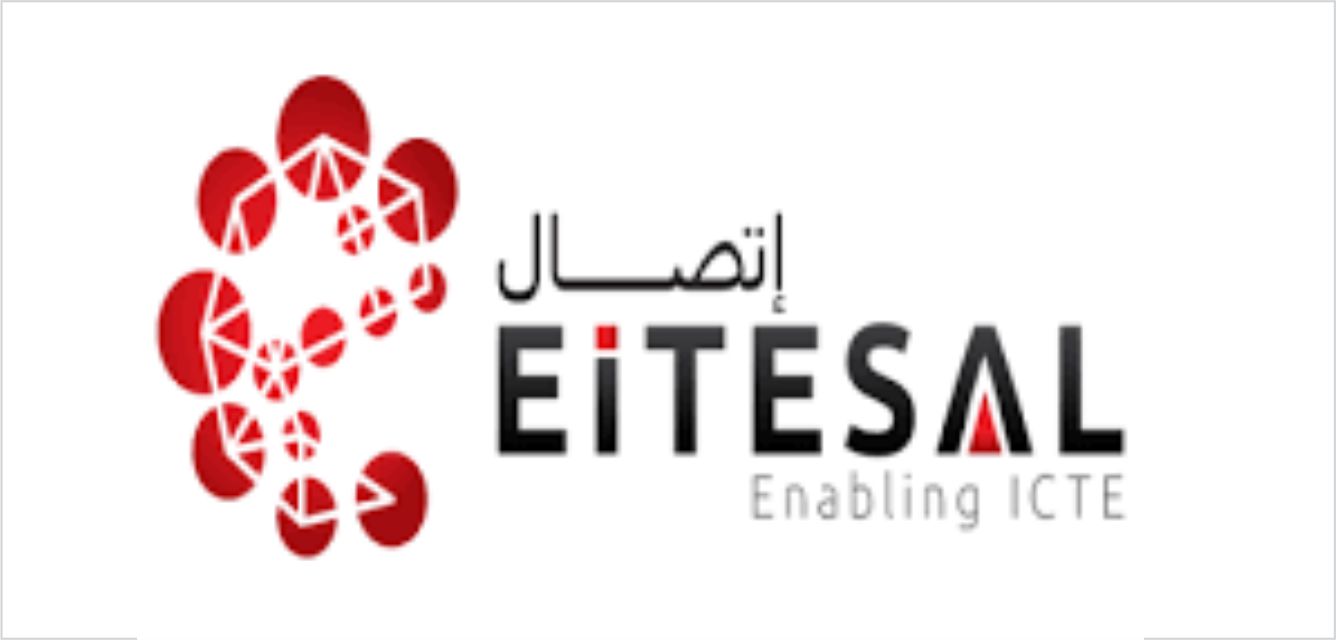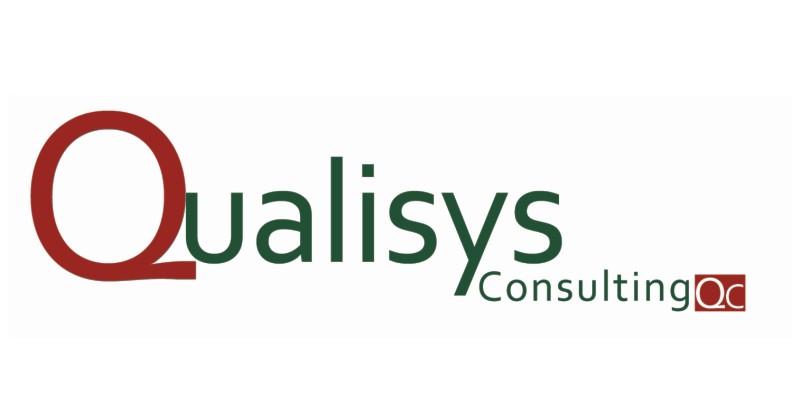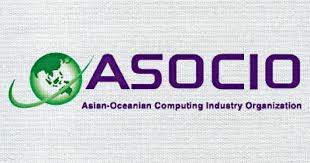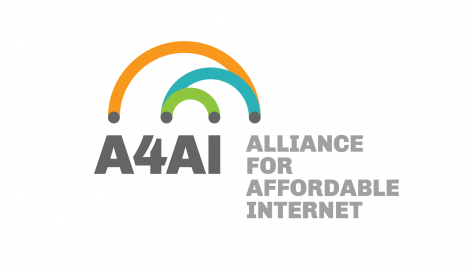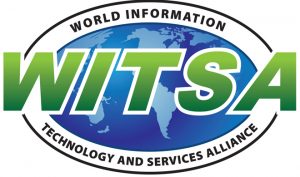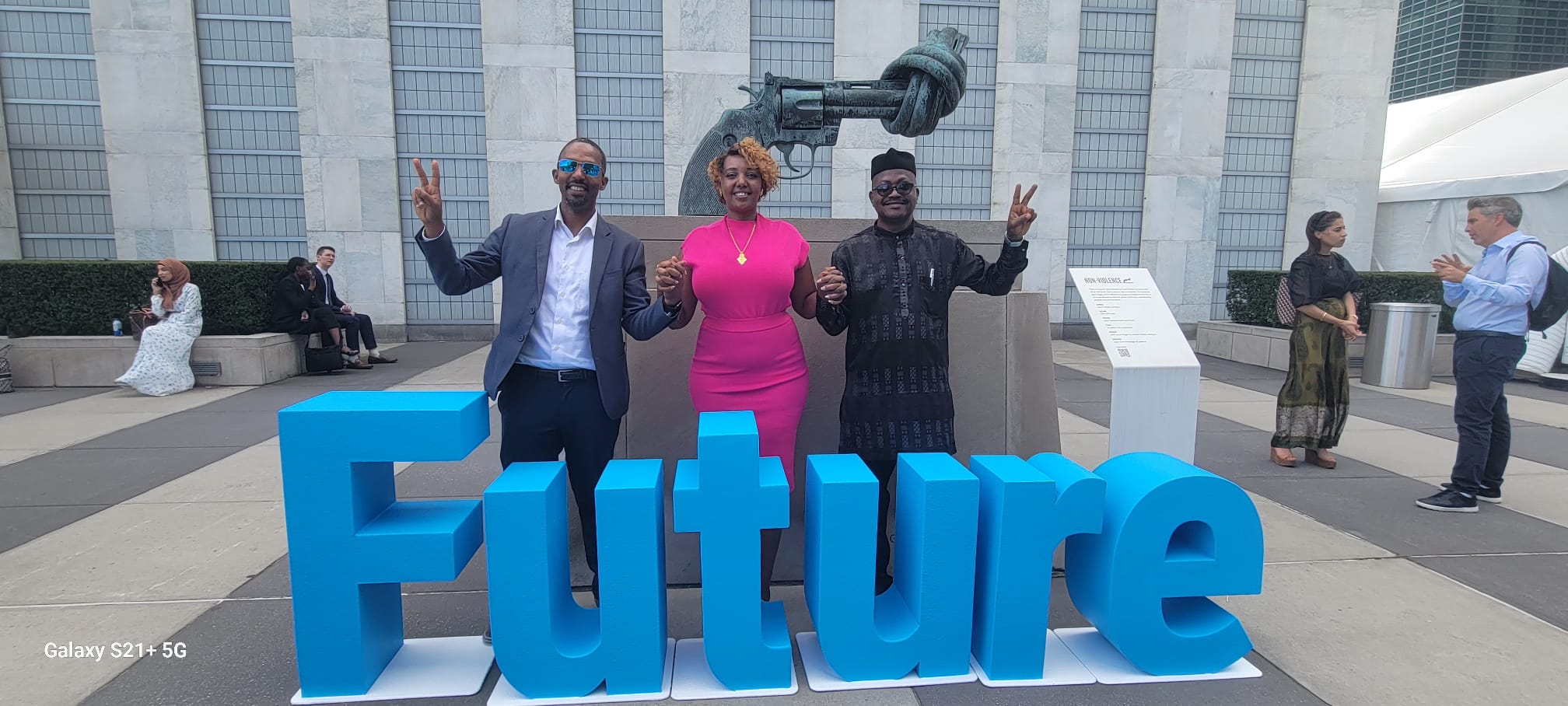
The Summit of the Future: A Hope for the Future - Jimson Olufuye & Tigist Awoke Wubneh
The Summit of the Future (SotF) was held at the United Nations Headquarters in New York on September 22-23, 2024. World leaders in the presence of leaders of other stakeholders from the private sector, the civil society, the academic/technical communities and the youths endorsed a landmark Pact for the Future of mankind.
The Pact for the Future (P4F) (A/RES/79/1) was a significant, consensus driven but non-binding document agreed to by World leaders specifically on September 22, 2024 to move humanity to closer cooperation on all issues to foster peace, human rights, prosperity, security, understanding, gendre equality, environment sustainability and hope for the future generations. Unlike the World Summit on Information Society (WSIS) of the 2003 and 2005, the preparations towards the Summit of the Future was inclusive as it built on the inclusive multi-stakeholder gains emanating from the WSIS that have seen improvements in the prosperity of our world with the roles of other stakeholders such as the private sector, the civil society and the technical and academic communities recognized and strengthened in the spirit of enhancing the quality of life for the more than 8 billion inhabitants of our planet.
We commend the proactive initiatives of the Secretary-General of the United Nations, Mr. António Guterres and his team for evolving the new paradigm of digital cooperation after the deadlock on the WSIS Tunis Agenda 2005 track on Enhanced Cooperation on international public policy matters pertaining to the Internet. As the Commission for Science and Technology for Development Working Group on Enhanced Cooperation could not produce a consensus report after four years of strenuous debate in Geneva (2014-2018), by July 2018, the Secretary General convened a high-level panel on Digital Cooperation chaired by Melinda Gates and Jack Ma with Vint Cert and 17 others as members. The panel produced its report, the Age of Digital Interdependence in June 2019 with recommendations on improving digital cooperation. Following the report, the Secretary-General on June 11, 2020 presented his own report, the Roadmap to Digital Cooperation based on inputs from over 100 countries with multi-stakeholder participation. In response to the UN General Assembly in its UN75 declaration in September 2020, the Secretary-General in September 2021 released his ”Our Common Agenda report” proposing the convening of the Summit of the Future for September 2024 during the 79th General Assembly. Two Co-Facilitators were appointed to take input from all stakeholders. The process saw the UN Economic Commission for Africa (UNECA) consulting with all stakeholders in Africa and it was pleasing that the African private sector views represented by the Africa ICT Alliance - AfICTA, were considered especially on the Global Digital Compact (GDC).
As a matter of fact, the Summit of the Future agreement consists of three documents, namely, the Pact for the Future (the main Document), the Global Digital Compact and the Declaration on Future Generations (as annexes). The focus on multilateralism to achieving the Pact of the Future agreement, we believe is the final resolution of the WSIS Tunis Agenda track two resolution on “Enhanced Cooperation” for governments on an equal footing to address international public policy issues on the Internet notwithstanding that the United States had devolved its oversight stewardship of the Internet Corporation for Assigned Names and Numbers (ICANN)/ Internet Assigned Number Authority (IANA) functions to the global community on October 1, 2016.
However, the Global Digital Compact emphasis is on multi-stakeholder engagement in the use of digital technologies to accelerate the achievement of the sustainable development goals 2030 while bridging the digital divides and ensuring that digital technologies such as Artificial Intelligence serve the common good. Of note were two Action days (September 20-21) specially dedicated to enhancing youth participation prior to the Summit.
The declaration on the future generation is a commitment to including the youths in the management of global affairs going forward. This is one very commendable initiative of the world leaders and it is good to see some countries (e.g. Nigeria) already convening special summits for Youth engagement.
In summary, the Pact of the future document has 5 themes (namely Sustainable development and financing for development, International peace and security, Science, technology and innovation and digital cooperation, Youth and future generations, and Transforming global governance); and 56 Action points. The Annex I document - Global Digital Compact, has the goal for “an inclusive, open, sustainable, fair, safe and secure digital future for all”. It consists of 5 objectives (viz-a-viz Close all digital divides and accelerate progress across the Sustainable Development Goals; Expand inclusion in and benefits from the digital economy for all; Foster an inclusive, open, safe and secure digital space that respects, protects and promote human rights; Advance responsible, equitable and interoperable data governance approaches; Enhance international governance of artificial intelligence for the benefit of humanity), 13 principles, and 66 commitments and actions to be undertaken by government with active participation of all stakeholders including the private sector, the civil society, the technical and academic communities. The Annex II document - Declaration on the Future Generations, has 10 Guiding Principles and 13 Commitments and 9 Action points.
Indeed, the Pact, commitments and declaration are lofty and again commendable but are they realizable? If going by the way many developing and least developed countries (DLDG) are handling the sustainable development goals and the run-up consultations to the Summit of the Future, we are of the opinion that the SDGs may be missed and resources earmarked for its realization may be misappropriated. Here are our reasons for the skeptism: 1. the agreement is non-binding and there may be no sense of compulsion to take it seriously, 2. Many DLDG do not yet have a culture of working with all their non-state actors in the private sector, civil society, technical and academic communities and as such may not utilize all their capabilities for accelerated development. In some climes, the huge potential of women and girls to contribute meaningfully are untapped, 3. the agreement does not include recommendation for processes (such as independent audits) that encourage probity and accountability in the management of financial resources.
Finally, the pact for the future is a pact for hope and it is a hope we hope would not be deflected. While government has done its bits, the call is for other stakeholders to creatively engage for the commitments and actions proclaimed to become milestones for celebrations in the foreseeable and not too distant future.
Dr Jimson Olufuye & Ms Tigist Awoke Wubneh were AfICTA delegates to the Summit of the Future, New York, September 2024.
